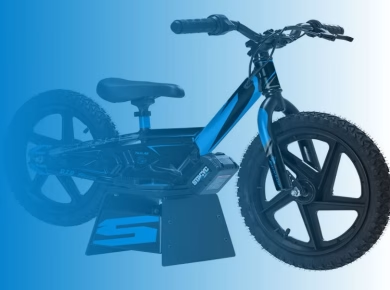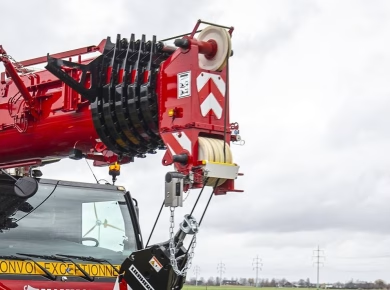Suspension trauma is one of those silent hazards lurking in the shadows of our industry, often overlooked until it’s too late. Picture this: a worker falls while suspended from a harness, and while they’re saved from the fall itself, the real danger lies in what happens next. I remember a site where we installed safety harnesses, and during a safety briefing, someone casually remarked, “It’s just a fall; we’ve got the harnesses, right?” That comment stuck with me because it highlights a critical misconception: the harness is not the end of the safety conversation. The reality is that suspension trauma can lead to serious consequences if we aren’t vigilant about post-fall protocols and training.
Understanding Suspension Trauma
Suspension trauma occurs when a person is left hanging in a harness after a fall. The blood pools in the lower extremities, leading to a condition called orthostatic intolerance. If the suspension continues for more than just a few minutes, it can result in fainting, unconsciousness, or worse. Many workers remain unaware of this risk, believing that if they’re saved from the fall, they’re safe. As professionals, we need to bridge this knowledge gap.
The Physiology Behind Suspension Trauma
When a person hangs motionless in a harness, the blood circulation is compromised. The heart struggles to pump blood back from the legs to the upper body, and without movement, the muscles can’t help to return the blood to the heart. This leads to a rapid drop in blood pressure and can cause the individual to lose consciousness. It’s crucial to understand that this happens quickly; even just a few minutes of suspension can escalate into a life-threatening situation.
Real-World Scenarios
Consider a construction site where a worker is harnessed while performing maintenance at height. If a sudden slip occurs and they fall, the immediate rescue is essential. However, if the rescue takes longer than anticipated, the worker might experience suspension trauma. I recall a case where a worker was suspended for over seven minutes before rescue. The aftermath was not just a physical challenge but also a psychological one, as the experience left them shaken and hesitant to return to work.
This highlights the importance of having a rescue plan in place—one that is not only efficient but also practiced regularly.
Implementing Effective Rescue Plans
A rescue plan should be more than a document tucked away in a safety manual. It needs to be a dynamic aspect of safety training. Conducting regular drills can ensure that all team members understand their roles in a rescue scenario. In one of my previous projects, we organized monthly drills that simulated various scenarios, including suspension trauma. The results were eye-opening; not only did the team feel more prepared, but we also identified gaps in our equipment and procedures that needed addressing.
Training and Awareness
Training is your frontline defense against suspension trauma. It’s essential to educate your team about the risks associated with harness use, including the potential for suspension trauma. Workers need to know how long they can safely hang in a harness and the signs of orthostatic intolerance.
Creating a Culture of Safety
Promoting a culture of safety means encouraging open conversations about hazards. Safety meetings should be platforms for discussing real incidents and near misses, not just a checklist of protocols. When workers feel empowered to speak up about their concerns, they become active participants in maintaining a safe work environment.
For example, during a recent safety meeting, a team member shared their discomfort with the harness they were using. This led to a discussion about proper fit and equipment selection, ultimately resulting in better safety practices across the board.
Equipment Considerations
The choice of harness and associated equipment can significantly impact the likelihood of suspension trauma. Not all harnesses are created equal; some are designed with features that mitigate the effects of suspension, such as built-in suspension relief straps.
Choosing the Right Gear
Investing in high-quality equipment is non-negotiable. Look for harnesses that include features specifically designed for suspension trauma prevention, such as quick-release buckles and suspension relief straps that can be deployed in an emergency. Regular inspections of equipment also cannot be understated; a damaged harness can be just as dangerous as an improperly fitted one.
Conclusion: Prioritizing Safety and Preparedness
Suspension trauma is a critical issue that demands our attention. As professionals in construction and safety, we hold the responsibility of safeguarding our teams from not just falls, but the aftermath of those falls. By fostering a culture of safety, investing in quality equipment, and prioritizing training and preparedness, we can mitigate the risks associated with suspension trauma. Every worker deserves to return home safe at the end of the day, and it’s up to us to ensure they have the knowledge and tools to make that a reality. Let’s not wait until it’s too late; let’s engage in proactive safety practices today.


